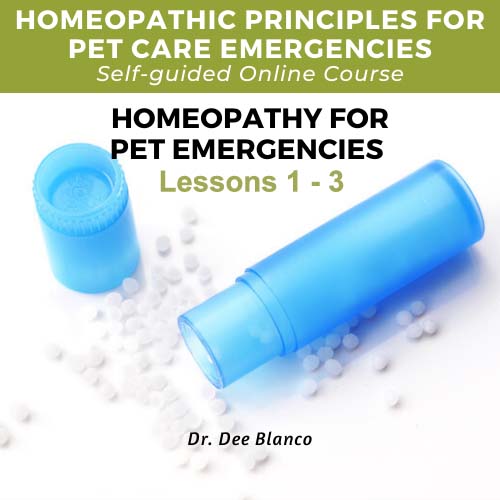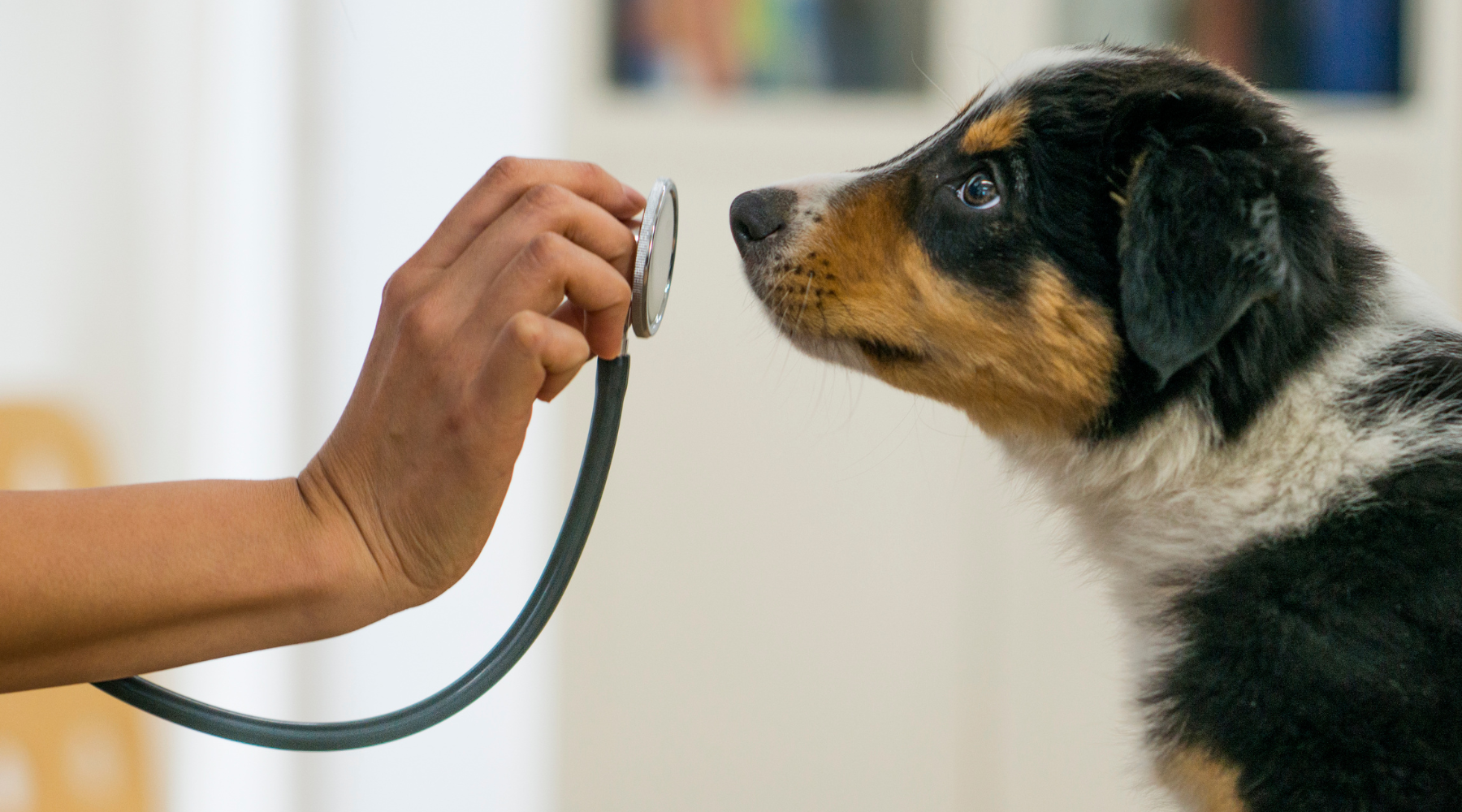The following information derives from a meta-analysis preformed by Laura J. Sanborn, M.S. in 2007. All reference articles are included in the meta-analysis. Three recent, and far more extensive, studies have revealed information about 33 specific breeds. I will discuss insights from these in three following blogs, and you can nerd out on this polemic topic. So stay tuned!
Back in the day
When I was a kid no one ever thought about spaying their female dogs until they were six months old, or just past their first heat. Oh, how times have changed! Now it’s become common practice to alter dogs and cats at the earliest age possible.
In fact, it’s standard operating procedure at almost all state, county, and city shelters to alter animals at two months of age or two pounds of weight. This practice is justified as a way to decrease the animal homelessness resulting from free mating, to decrease cancer, and to stave off certain undesirable behaviors. All are great goals; but at what cost to the animals themselves? Still the two months/two pounds protocol is so accepted that any other discussion is considered heretical - but remember: you’re reading The Heretical Vet’s blog!
If the early spay/neutering really helped control dog and cat populations, why are we still having such a problem with over-population? I’m keenly aware that many shelters would even prefer to neuter earlier if it would eliminate the problem. But can we really fix this problem without changing society’s attitudes towards animal stewardship and ownership? More about this topic in another blog.
As pet parents we’re also told to spay (and neuter) early because it decreases the risks of cancer and pyometra (a life-threatening infection in the uterus). So the one, two, three punch is: spay your female dog early to avoid the inevitable:
-
risk of unwanted pregnancy,
-
cancer of the mammary glands, and
-
pyometra.
There’s research, however, that runs contrary to the commonly accepted narrative…
10 Reasons not to spay early
#1: In both male and female dogs spayed prior to one year of age, overall health and the carefully regulated growth of the body are both negatively impacted. Spaying young females significantly increases the risk of osteosarcoma (bone cancer), a common cancer in larger breeds and with a poor prognosis.
#2: When female dogs are spayed before puberty, distinctly female disorders rise. The risk of recessed vulva, vaginal dermatitis, and vaginitis increases; but the risk of perianal fistulas decreases.
#3: Delaying the closure of growth plates after spaying a young female dog causes irregularity in the development of different bones. This hormonal disruption can cause unnatural proportions in bone growth and a proclivity to arthritis. Without the hormones many bones may continue to grow due to the failure of the growth plates to close. Examples include elbow dysplasia and hip dysplasia. So how many of you have dogs with arthritis issues?
#4: Spaying female dogs increases the risk of splenic and cardiac hemangiosarcoma. The increase of this common cancer rises by a factor of 2.2 for splenic hemangiosarcoma, and by a factor of >5 for cardiac hemangiosarcoma. In some breeds, this type of cancer is among the top causes of death.
#5: Increased urinary disease. The occurrence of "spay incontinence" rises by 4-20%, and the risk of persistent or recurring UTI’s (urinary tract infections) increases by a factor of 3-4. Spaying also doubles the very small risk (<1%) of developing rare urinary tract tumors.
#6: Increased obesity. The risk of obesity in spayed female dogs rises by a factor of 1.6-2%. Obesity leads to other common health struggles including diabetes, ruptured cruciate ligaments, tumors, urinary disease, and oral disease.
#7: Increased bone and ligament diseases. The risk for hip dysplasia in female dogs spayed before 5 1/2 months old rises by 70%. Their increased risk for patellar (knee cap) subluxation rises by 3.1 fold. Cranial cruciate ligament rupture increases 2 fold.
#8: Increased loss of pelvic bone mass (hip dysplasia) and spondylosis in the spine. A remodeling of the pelvis suggests a tendency to hip dysplasia. Spaying was also found to cause a net loss of bone mass in the spine.
#9: Increased risk for autoimmune thyroiditis. The risk for hypothyroidism triples for spayed female dogs.
#10: Increased risk to adverse reactions to vaccinations. Reactions studied were anaphylaxis, cardiac arrest and shock, and sudden death. Unfortunately, chronic disease from vaccine reactions is not recognized by conventional medicine. Still acute adverse reactions are 30% more likely in spayed females than in intact females, and 27% more likely in neutered males than in intact males. This alone should make any vet or pet parent pause and reflect!
Ms. Sanborn’s research suggests that the old fashioned way of waiting until a dog was 6 months old, as well as the newer practice of early spay/neutering, both predispose our animals to a huge variety of chronic diseases. It suggests that we should consider many variables — such as breed, age, gender, and life-style — before we make blanket (and often knee-jerk) recommendations about spaying and neutering.
Are hormones to blame for cancer?
When female dogs are spayed before 2.5 years of age, the risk of mammary tumors, the most common malignant tumors in female dogs (especially if spayed younger than 30 months old), is greatly reduced.

Homeopathic Support For Spaying
If you have to spay your dog or cat homeopathic remedies can help! Our Spay Assist Kit can help for a smooth surgery and recovery. PRICE: $75
It is my professional opinion that hormones don't cause cancer as many studies for human and animals would imply because quite simply, if they did, how would we have managed to evolve for this long? If they did, our life span would look like this: we’re born, we come into puberty, and then we die!
Cancer is a complex bio-mechanism; and its cause in any particular individual is just as complex. It wasn’t for most of my vet career; but now it’s clear that living with complex carcinogenic compounds creates a serious risk for cancer.
Some of these triggers, just to name a very few, include the mad cocktail of toxicants from vaccinations; the abundant use of pesticides for fleas, ticks and heart worm; glyphosate in food, water, air; and the omnipresent and now finally recognized forever-chemical carcinogenic PFOA’s in our water.
If hormones do play a role in the growth of cancer, the overload of carcinogens on the body’s detox mechanisms play a much greater role. In fact, some chemicals like glyphosate (the active ingredient in RoundUp herbicide) inhibit a crucial detox mechanism from working properly. The body isn’t able to clear either toxicants or hormone metabolites (the break-down byproducts of the hormones), which can make the cancer worse.
Never before in history have animals or humans been exposed to thousands of human-created toxicants. Never have our detox mechanisms been so overwhelmed. Yet this fact is never considered in any of the studies on neutering and cancer.
What is pyometra?
Pyometra is an infection of the uterus, and can sometimes occur as an ‘open’ pyometra where the pus and blood exit through the cervix and vagina, which makes it slightly less dangerous for septic spread. However a ‘closed’ pyometra is just what it sounds like. The cervix is closed, which makes the uterus a pus and blood filled bag with the dangerous potential for septic spread. Slightly older female dogs are at highest risk.
Early spaying eliminates the risk of pyometra simply because there’s no uterus left to become infected. Pyometra can affect about 23% of intact female dogs; but it doesn’t kill every dog, as you may have heard. Stats show pyometra deaths are actually about 1% of intact female dogs. And the risk of developing uterine, cervical, and ovarian tumors (≤0.5%) for intact dogs is equally low.
But, wait — there’s one hormone that may (possibly) increase tumors in dogs
Recent research shows that removing the ovaries inhibits a feedback loop in the brain (pituitary) and actually increases luteinizing hormone, which possibly has a relationship to other non-cancerous and cancerous diseases. This may prove to be a strong mechanism for the rise of cancer in our female dogs. Further research is pending.
If you're still confused about whether or not you should spay your female dog, try this before making a final decision
-
First, educate yourself.
-
Regulate your female dog’s social life when she’s in heat.
-
Monitor after-heat cycles for pyometra.
-
Consider an ovary-sparing spay.
-
Train your dog to be a good citizen.
Educate yourself, think about your lifestyle, ask your vet questions, and then carefully move forward. Keep your animal intact for as long as possible. Specifically for female dogs, make sure you monitor for pyometra, and responsibly regulate her social life when she has her heat.
If you have access to a vet who will preform a tubal ligation or an ovary-sparing spay, I highly suggest you consider one of these options. You can always go back and remove the ovaries later; but you can’t put Humpty Dumpty back together again. If you don’t have a vet who’s familiar with these surgeries, the Parsemus Foundation can help you and your vet get educated.
I also suggest you get adequate training to insure your dog is well socialized. One of the main reasons dog owners in other countries never consider early altering, much less any altering, is that they take pet stewardship very, very seriously. Not everyone is perfect; and some countries are less committed. But the ones that are insure that dogs are both safe and good citizens. How refreshing!
It has been my experience over four decades in the veterinary profession, that both dogs and cats who are spayed and neutered much later in life or not at all — when combined with natural rearing practices — live a much longer, healthier life!
And if you decide that you MUST spay your dog, our homeopathic protocol can help. These homeopathic remedies, in a super-convenient kit, are tried and true to help make the stressful situation easier, with less pain and a faster recovery. Click the link below to see my Spay Kit.









